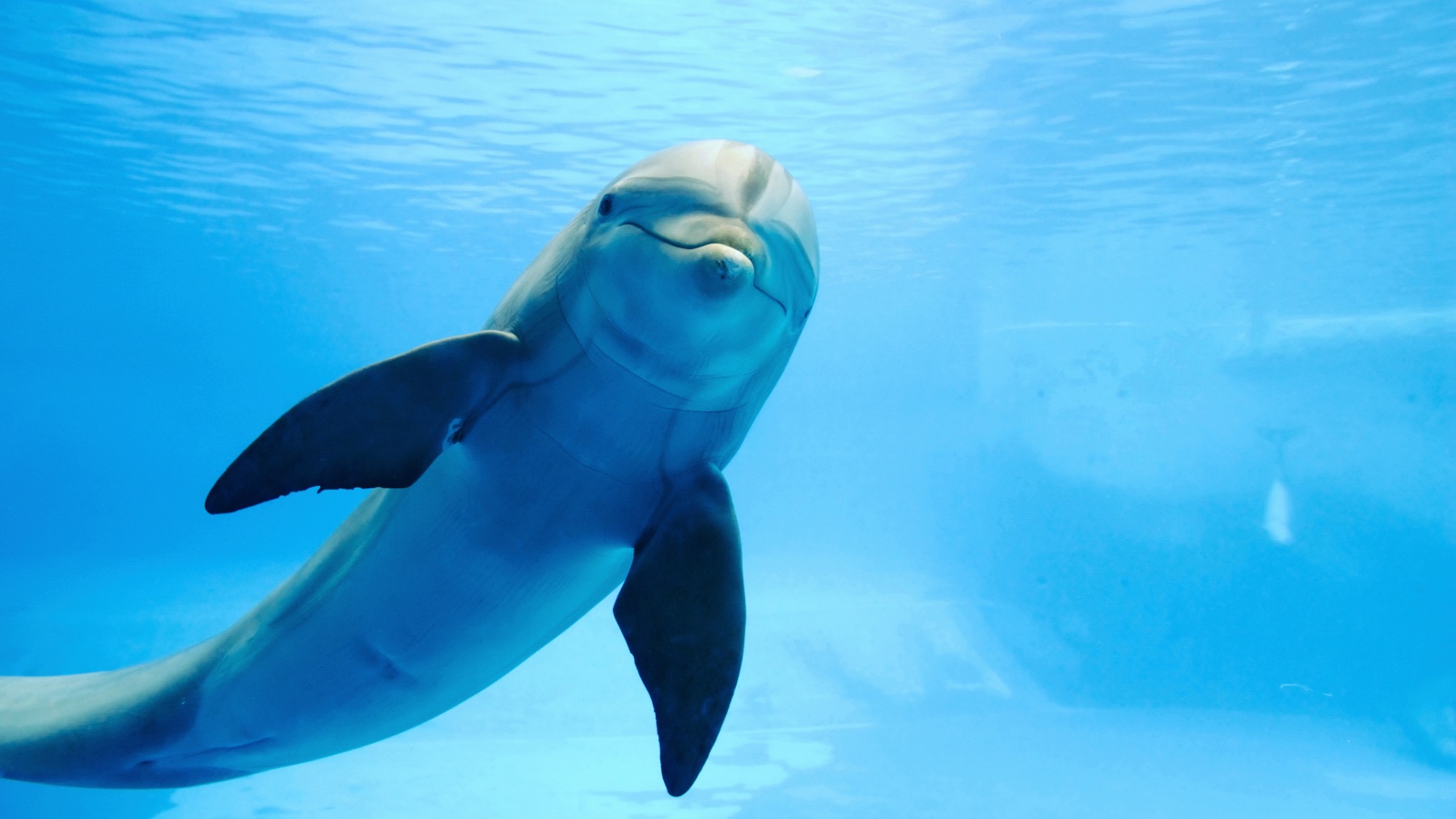Fans of The Simpsons might remember the episode where disgruntled dolphins storm Springfield, march down Main Street and evict humans from the shore. It made glorious cartoon logic, but real biologists have just delivered a reality check: Flipper’s grand comeback tour is never happening. According to a sweeping new study, dolphins, killer whales and their kin have passed an evolutionary one-way gate that locks them forever beneath the waves. We can now rest assured they will never overtake the world (…or at least dry land).
The road out—and why it doesn’t run both directions
Mammals first tiptoed onto land roughly 360 million years ago, then a few renegades dove back in. Sea cows paddled into warm shallows; seals kept their toes in the surf.
Toothed and baleen whales went all-in, trading paws for flippers and lungs for deep-diving superchargers. That hopscotch raised a question that nagged evolutionary biologists for decades: could a fully marine mammal ever reverse course, sprout legs again and stroll the beach?
Crunching 5,635 family histories
To find out, Bruna Farina and colleagues at the University of Fribourg compiled habitat, anatomy and DNA data for every living mammal plus a few very recent extinctions —5,635 species in all. They fed those traits into a Bayesian evolutionary model that lets transitions run both ways and then watches which direction the math prefers.
The answer was lopsided in the extreme: once a lineage crosses the line to a wholly aquatic lifestyle, the probability of going back rounds to zero. In statistical terms, the model rejected reverse moves by odds greater than 100:1.
Built for blue
Why the lockout? Start with the body plan. A bottlenose dolphin’s front limbs are welded into stiff hydrofoils; the tiny remnants of its pelvis float inside layers of blubber. Its spine undulates up and down like a giant spring, propelling a muscle-packed tail that weighs more than two NFL quarterbacks. Even birth looks different: calves emerge tail-first to prevent drowning. Reworking that hardware for gravity, knees and desert heat would be costlier than inventing an entirely new animal.
Evolution loves a specialist until the environment shifts. Gigantic bodies conserve heat in frigid seas but guzzle calories. Sonar skulls pack air pockets that would rattle apart on land. The very adaptations that make cetaceans supreme ocean hunters become ankle weights in any other realm.
Springfield takeover? Let’s run the numbers
Could an orca drag itself up a beach just long enough to menace the whole Springfield population? An 8-ton female exerts nearly four times her land-based bone strength just standing still; add the torque of flailing flippers and you’re looking at a shattered ribcage before she reaches the boardwalk. The writers’ room earns an A for imagination, F for biomechanics.
The seal exception that proves the rule
Semi-aquatic mammals still split their rent between water and land. Harbor seals birth on sandbars; sea otters nap in kelp forests. Their skeletal tweaks are milder, their lifestyles more flexible, and the model shows they keep at least a slim lane back to full land life —though nobody expects one to run a marathon. Cetaceans, by contrast, slammed that lane shut around 45 million years ago and tossed the key into the deep.
Farina’s team notes that evolution doesn’t carry a delete button; complex packages of traits rarely rewind. In pop science lingo it’s Dollo’s Law, named for the Belgian paleonthologist who quipped that a species never returns “exactly to the former state.” Whales and dolphins prove the law in spades.
So pour one out for the dream of chatty dolphins setting up landlubber condos; evolution already stamped their passports “ocean only.” The next time you catch a rerun of Springfield’s salty uprising, enjoy the chaos, then rest easy. The most you’ll see on your coastal boardwalk is a curious seal —and it’s just there for the sun.
